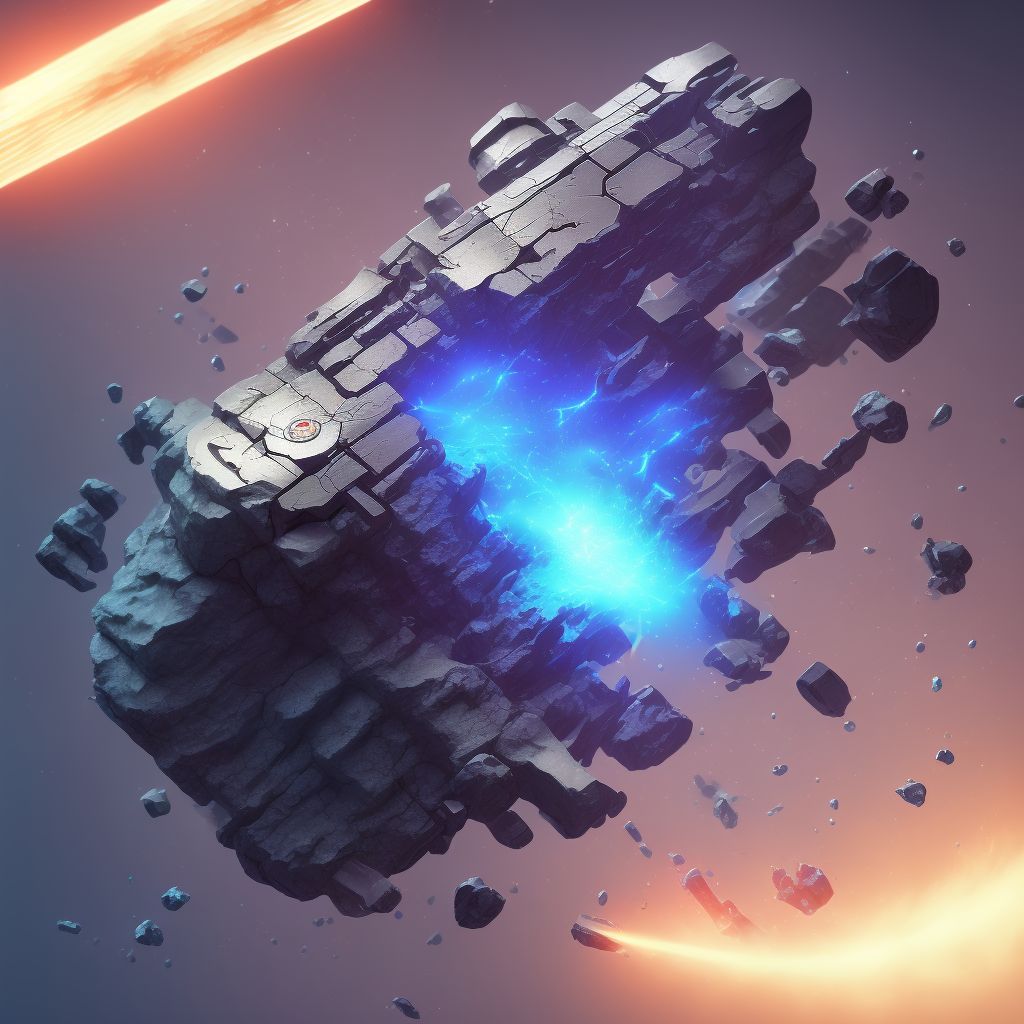
Nondisplaced oblique fracture of shaft of right fibula, subsequent encounter for closed fracture with delayed healing Save
ICD-10 code: S82.434G
Disease category: S82.434: Nondisplaced oblique fracture of shaft of right fibula
Nondisplaced Oblique Fracture of Shaft of Right Fibula, Subsequent Encounter for Closed Fracture with Delayed Healing
When it comes to bone fractures, the nondisplaced oblique fracture of the shaft of the right fibula is a common injury. This type of fracture occurs when the bone breaks diagonally but remains in its original position, without any significant displacement.
During the initial encounter, the fracture was identified and treated accordingly. However, in some cases, fractures may experience delayed healing. In this subsequent encounter, we will discuss the condition of a closed fracture with delayed healing.
Delayed healing is a complication that can occur when the body's natural healing process is disrupted or prolonged. This may be due to various factors, such as the severity of the fracture, inadequate blood supply to the area, or underlying medical conditions that affect bone health.
During this subsequent encounter, the focus is on monitoring the progress of the fracture and providing support for the healing process. The patient will undergo a thorough examination to assess the current condition of the fracture and any potential complications that may have arisen.
- Radiographic imaging: X-rays or other imaging techniques will be used to visualize the fracture site and determine the extent of bone healing.
- Physical examination: The patient's range of motion, pain level, and overall bone stability will be assessed.
- Management: Depending on the specific circumstances, the healthcare provider may recommend various interventions to support the healing process, such as immobilization with a cast or brace.
The ultimate goal of this subsequent encounter is to ensure that the fracture progresses towards complete healing. The healthcare team will closely monitor the patient's condition and provide appropriate guidance for a successful recovery.
In conclusion, a nondisplaced oblique fracture of the shaft of the right fibula, subsequent encounter for closed fracture with delayed healing, requires careful monitoring and management to ensure proper healing. With the right treatment and support, patients can expect a successful recovery from this type of fracture.
Treatment of Nondisplaced oblique fracture of shaft of right fibula, subsequent encounter for closed fracture with delayed healing:
Treatment Options for Nondisplaced Oblique Fracture of the Shaft of Right Fibula, Subsequent Encounter for Closed Fracture with Delayed Healing
Dealing with a fractured fibula can be a painful and frustrating experience. In cases where the fracture is non-displaced and oblique, and healing is delayed, it is crucial to explore appropriate treatment options. Here are some common appr...
To see full information about treatment please Sign up or Log in